A Hybrid Deep Learning Model Using CNN and K-Mean Clustering for Energy Efficient Modelling in Mobile EdgeIoT
Abstract
1. Introduction
2. Literature Review
3. Materials and Methods
3.1. Proposed Hybrid Model
- (A)
- Network initialisation phase is responsible for network variable declaration and initialisation and splits the network into small subgroups.
- (B)
- Evolution of nodes: This is responsible for node selection. This phase calculates the trust among nodes. It utilises a modified version of k-means clustering to create the best-fit clusters.
- (C)
- Cluster head selection: This phase utilises the CNN method for the best cluster head selection to save energy.
- (D)
- Data transmission: This is the last phase of the proposed model and is responsible for data transmission.
3.2. CNN Model
3.2.1. CNN-Based Cluster Head Formation
Forward Pass
Determining the Total Error
Backward Pass
3.3. Modified K-Means in Cluster Formation Procedure
3.4. Dataset Description
3.5. Data Preprocessing
3.5.1. Statistical Analysis and Visualisation of Data
3.5.2. Normalisation of Data and Feature Selection
4. Experimental Results and Discussions
4.1. Network Setup
4.2. Performance Measuring Parameters
- Packet delivery ratio (PDR): The PDR is the data packets the destinations receive to those the sources generate. Mathematically, it can be defined by Equation (26). S1 is the number of packets sent, and S2 is the number of packets received for nodes.
- Throughput (Th): It is defined as the fraction of the sum of delivered packets (from the source) and the total simulation time by Equation (27).
- Routing or network overhead (RO): It is defined as the number of control and routing packets required for communication in the network, as described in Equation (28).
- Cluster head stability time (CHST): It is defined as the total period for which a network node works as a cluster head. The average of that period is known as the average stability time.
- Energy consumption (EC): The cumulative energy the system uses for data transformation, communication, and confirmation, as described in Equation (29).
4.3. Simulation Results and Discussion
4.3.1. Scenario One
4.3.2. Scenario-Two
5. Conclusions
Author Contributions
Funding
Data Availability Statement
Conflicts of Interest
Abbreviations
| Abbreviations | Details |
| MEC | Mobile edge computing |
| CDs | Client devices |
| E-CFSA | Energy-efficient cluster formation and head selection |
| CNNs | Convolutional neural networks |
| MKM | Modified k-mean clustering |
| IoT | Internet of things |
| CH | Cluster head |
| DL | Deep learning |
| CNN | Convolution neural networks |
| MES | Mobile edge server |
| BN | Batch normalisation |
| WCA | Weighted clustering |
| AB-SEP | Agent-based secure enhanced performance approach |
References
- Song, S.; Ma, S.; Zhao, J.; Yang, F.; Zhai, L. Cost-efficient multi-service task offloading scheduling for mobile edge computing. Appl. Intell. 2022, 52, 4028–4040. [Google Scholar] [CrossRef]
- Zhou, W.; Chen, L.; Tang, S.; Lai, L.; Xia, J.; Zhou, F.; Fan, L. Offloading strategy with PSO for mobile edge computing based on cache mechanism. Clust. Comput. 2022, 25, 2389–2401. [Google Scholar] [CrossRef]
- Irshad, A.; Chaudhry, S.A.; Ghani, A.; Mallah, G.A.; Bilal, M.; Alzahrani, B.A. A low-cost privacy-preserving user access in mobile edge computing framework. Comput. Electr. Eng. 2022, 98, 107692. [Google Scholar] [CrossRef]
- Zhao, F.; Chen, Y.; Zhang, Y.; Liu, Z.; Chen, X. Dynamic offloading and resource scheduling for mobile-edge computing with energy harvesting devices. IEEE Trans. Netw. Serv. Manag. 2021, 18, 2154–2165. [Google Scholar] [CrossRef]
- Al-Shuwaili, A.; Simeone, O. Energy-efficient resource allocation for mobile edge computing-based augmented reality applications. IEEE Wirel. Commun. Lett. 2017, 6, 398–401. [Google Scholar] [CrossRef]
- Yang, Z.; Bi, S.; Zhang, Y.-J.A. Dynamic offloading and trajectory control for UAV-enabled mobile edge computing system with energy harvesting devices. IEEE Trans. Wirel. Commun. 2022, 21, 10515–10528. [Google Scholar] [CrossRef]
- Han, T.; Zhang, L.; Pirbhulal, S.; Wu, W.; de Albuquerque, V.H.C. A novel cluster head selection technique for edge-computing based IoMT systems. Comput. Netw. 2019, 158, 114–122. [Google Scholar] [CrossRef]
- Wang, T.; Qiu, L.; Sangaiah, A.K.; Xu, G.; Liu, A. Energy-efficient and trustworthy data collection protocol based on mobile fog computing in Internet of Things. IEEE Trans. Ind. Inform. 2019, 16, 3531–3539. [Google Scholar] [CrossRef]
- Lin, Y.; Cavallaro, J.R. Energy-efficient convolutional neural networks via statistical error compensated near threshold computing. In Proceedings of the 2018 IEEE International Symposium on Circuits and Systems (ISCAS), Florence, Italy, 27–30 May 2018; pp. 1–5. [Google Scholar]
- Zhou, Z.; Shojafar, M.; Abawajy, J.; Yin, H.; Lu, H. ECMS: An edge intelligent energy efficient model in mobile edge computing. IEEE Trans. Green Commun. Netw. 2021, 6, 238–247. [Google Scholar] [CrossRef]
- Wang, Q.; Tan, L.T.; Hu, R.Q.; Qian, Y. Hierarchical energy-efficient mobile-edge computing in IoT networks. IEEE Internet Things J. 2020, 7, 11626–11639. [Google Scholar] [CrossRef]
- Tun, Y.K.; Park, Y.M.; Tran, N.H.; Saad, W.; Pandey, S.R.; Hong, C.S. Energy-efficient resource management in UAV-assisted mobile edge computing. IEEE Commun. Lett. 2020, 25, 249–253. [Google Scholar] [CrossRef]
- Cao, X.; Wang, F.; Xu, J.; Zhang, R.; Cui, S. Joint computation and communication cooperation for energy-efficient mobile edge computing. IEEE Internet Things J. 2018, 6, 4188–4200. [Google Scholar] [CrossRef]
- Wu, G.; Miao, Y.; Zhang, Y.; Barnawi, A. Energy efficient for UAV-enabled mobile edge computing networks: Intelligent task prediction and offloading. Comput. Commun. 2020, 150, 556–562. [Google Scholar] [CrossRef]
- Zhang, K.; Mao, Y.; Leng, S.; Zhao, Q.; Li, L.; Peng, X.; Pan, L.; Maharjan, S.; Zhang, Y. Energy-efficient offloading for mobile edge computing in 5G heterogeneous networks. IEEE Access 2016, 4, 5896–5907. [Google Scholar] [CrossRef]
- Zhang, L.; Lai, S.; Xia, J.; Gao, C.; Fan, D.; Ou, J. Deep reinforcement learning based IRS-assisted mobile edge computing under physical-layer security. Phys. Commun. 2022, 55, 101896. [Google Scholar] [CrossRef]
- Ning, Z.; Huang, J.; Wang, X.; Rodrigues, J.J.P.C.; Guo, L. Mobile edge computing-enabled Internet of vehicles: Toward energy-efficient scheduling. IEEE Netw. 2019, 33, 198–205. [Google Scholar] [CrossRef]
- Ale, L.; Zhang, N.; Fang, X.; Chen, X.; Wu, S.; Li, L. Delay-aware and energy-efficient computation offloading in mobile-edge computing using deep reinforcement learning. IEEE Trans. Cogn. Commun. Netw. 2021, 7, 881–892. [Google Scholar] [CrossRef]
- Lyu, X.; Tian, H.; Ni, W.; Zhang, Y.; Zhang, P.; Liu, R.P. Energy-efficient admission of delay-sensitive tasks for mobile edge computing. IEEE Trans. Commun. 2018, 66, 2603–2616. [Google Scholar] [CrossRef]
- Guleria, K.; Prasad, D.; Lilhore, U.K.; Simaiya, S. Asynchronous Media Access Control Protocols and Cross Layer Optimizations for Wireless Sensor Networks: An Energy Efficient Perspective. J. Comput. Theor. Nanosci. 2020, 17, 2531–2538. [Google Scholar] [CrossRef]
- Zaman, S.K.U.; Jehangiri, A.I.; Maqsood, T.; Haq, N.U.; Umar, A.I.; Shuja, J.; Ahmad, Z.; Ben Dhaou, I.; Alsharekh, M.F. LiMPO: Lightweight mobility prediction and offloading framework using machine learning for mobile edge computing. Clust. Comput. 2022, 26, 99–117. [Google Scholar] [CrossRef]
- Lilhore, U.K.; Khalaf, O.I.; Simaiya, S.; Tavera Romero, C.A.; Abdulsahib, G.M.; Kumar, D. A depth-controlled and energy-efficient routing protocol for underwater wireless sensor networks. Int. J. Distrib. Sens. Netw. 2022, 18, 15501329221117118. [Google Scholar] [CrossRef]
- Trinh, H.; Calyam, P.; Chemodanov, D.; Yao, S.; Lei, Q.; Gao, F.; Palaniappan, K. Energy-aware mobile edge computing and routing for low-latency visual data processing. IEEE Trans. Multimed. 2018, 20, 2562–2577. [Google Scholar] [CrossRef]
- Mukherjee, M.; Kumar, V.; Lat, A.; Guo, M.; Matam, R.; Lv, Y. Distributed deep learning-based task offloading for UAV-enabled mobile edge computing. In Proceedings of the IEEE INFOCOM 2020—IEEE Conference on Computer Communications Workshops (INFOCOM WKSHPS), Toronto, ON, Canada, 6–9 July 2020; pp. 1208–1212. [Google Scholar]
- Simaiya, S.; Lilhore, U.K.; Pandey, H.; Trivedi, N.K.; Anand, A.; Sandhu, J. An Improved Deep Neural Network-Based Predictive Model for Traffic Accident’s Severity Prediction. In Ambient Communications and Computer Systems; Springer: Singapore, 2022; pp. 181–190. [Google Scholar]
- Ali, Z.; Abbas, Z.H.; Abbas, G.; Numani, A.; Bilal, M. Smart computational offloading for mobile edge computing in next-generation Internet of Things networks. Comput. Netw. 2021, 198, 108356. [Google Scholar] [CrossRef]
- Lilhore, U.K.; Simaiya, S.; Kaur, A.; Prasad, D.; Khurana, M.; Verma, D.K.; Hassan, A. Impact of Deep Learning and Machine Learning in Industry 4.0: Impact of Deep Learning. In Cyber-Physical, IoT, and Autonomous Systems in Industry 4.0; CRC Press: Boca Raton, FL, USA, 2021; pp. 179–197. [Google Scholar]
- Chen, Z.; He, Q.; Liu, L.; Lan, D.; Chung, H.M.; Mao, Z. An artificial intelligence perspective on mobile edge computing. In Proceedings of the 2019 IEEE International Conference on Smart Internet of Things (SmartIoT), Tianjin, China, 9–11 August 2019; pp. 100–106. [Google Scholar]
- Sangaiah, A.K.; Medhane, D.V.; Han, T.; Hossain, M.S.; Muhammad, G. Enforcing position-based confidentiality with machine learning paradigm through mobile edge computing in real-time industrial informatics. IEEE Trans. Ind. Inform. 2019, 15, 4189–4196. [Google Scholar] [CrossRef]
- Lilhore, U.K.; Imoize, A.L.; Lee, C.-C.; Simaiya, S.; Pani, S.K.; Goyal, N.; Kumar, A.; Li, C.-T. Enhanced convolutional neural network model for cassava leaf disease identification and classification. Mathematics 2022, 10, 580. [Google Scholar] [CrossRef]
- Kathiroli, P.; Selvadurai, K. Energy efficient cluster head selection using improved Sparrow Search Algorithm in Wireless Sensor Networks. J. King Saud Univ. -Comput. Inf. Sci. 2022, 34, 8564–8575. [Google Scholar] [CrossRef]
- Arbi, A.; Cao, J.; Es-Saiydy, M.; Zarhouni, M.; Zitane, M. Dynamics of delayed cellular neural networks in the Stepanov pseudo almost automorphic space. Discret. Contin. Dyn. Syst.-S 2022, 15, 3097–3109. [Google Scholar] [CrossRef]
- Arbi, A.; Cao, J.; Alsaedi, A. Improved synchronization analysis of competitive neural networks with time-varying delays. Nonlinear Anal. Model. Control 2018, 23, 82–107. [Google Scholar] [CrossRef]
- Guo, Y.; Ge, S.S.; Arbi, A. Stability of traveling waves solutions for nonlinear cellular neural networks with distributed delays. J. Syst. Sci. Complex. 2022, 35, 18–31. [Google Scholar] [CrossRef]
- Abrar, M.; Ajmal, U.; Almohaimeed, Z.M.; Gui, X.; Akram, R.; Masroor, R. Energy efficient UAV-enabled mobile edge computing for IoT devices: A review. IEEE Access 2021, 9, 127779–127798. [Google Scholar] [CrossRef]
- Chen, Y.; Zhang, N.; Zhang, Y.; Chen, X.; Wu, W.; Shen, X.S. Energy efficient dynamic offloading in mobile edge computing for internet of things. IEEE Trans. Cloud Comput. 2019, 9, 1050–1060. [Google Scholar] [CrossRef]
- Zhang, D.-G.; Chen, L.; Zhang, J.; Chen, J.; Zhang, T.; Tang, Y.-M.; Qiu, J.-N. A multi-path routing protocol based on link lifetime and energy consumption prediction for mobile edge computing. IEEE Access 2020, 8, 69058–69071. [Google Scholar] [CrossRef]
- Simaiya, S.; Gautam, V.; Lilhore, U.K.; Garg, A.; Ghosh, P.; Trivedi, N.K.; Anand, A. EEPSA: Energy efficiency priority scheduling algorithm for cloud computing. In Proceedings of the 2021 2nd International Conference on Smart Electronics and Communication (ICOSEC), Trichy, India, 7–9 October 2021; pp. 1064–1069. [Google Scholar]
- Liao, L.; Lai, Y.; Yang, F.; Zeng, W. Online computation offloading with double reinforcement learning algorithm in mobile edge computing. J. Parallel Distrib. Comput. 2023, 171, 28–39. [Google Scholar] [CrossRef]
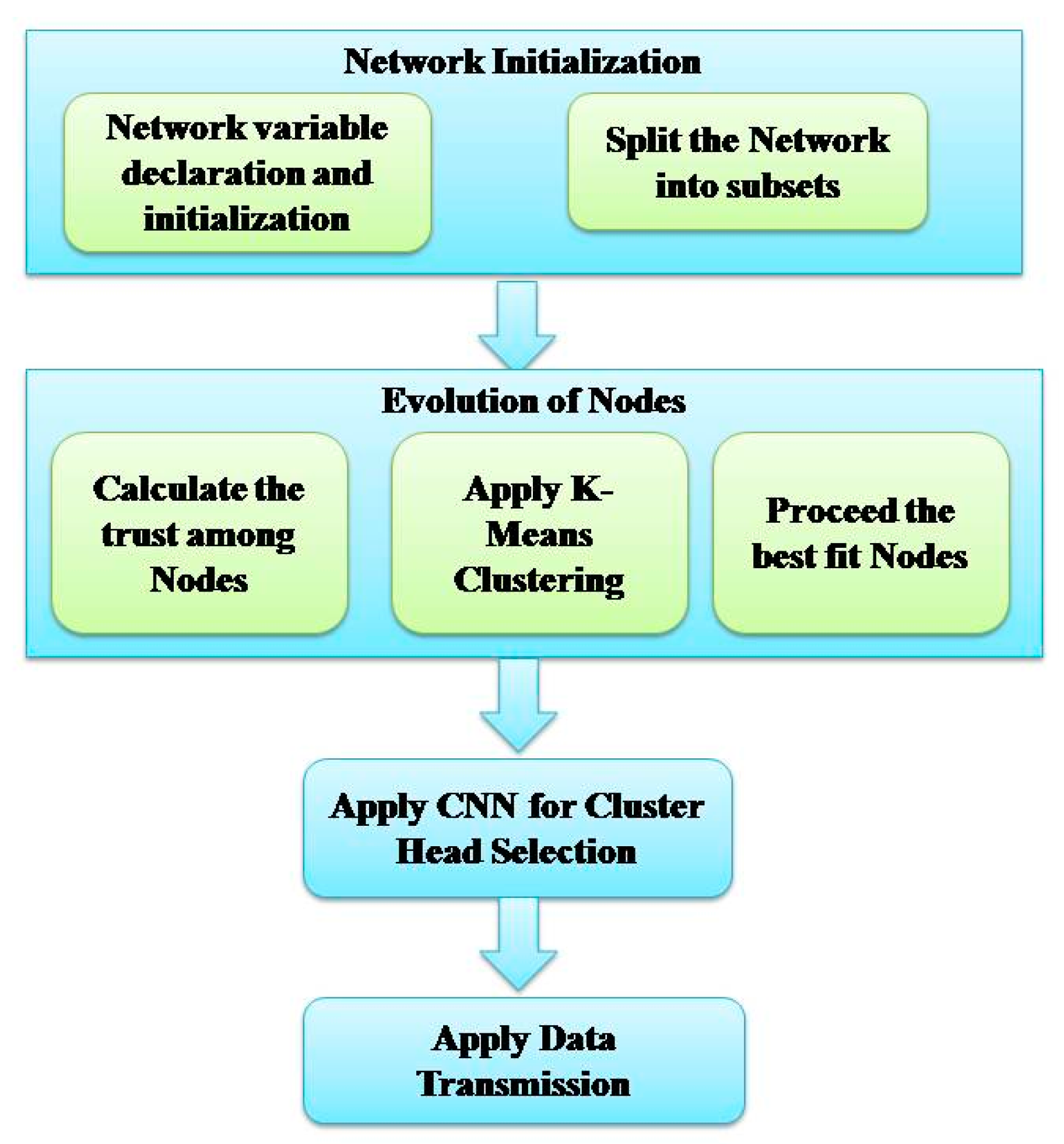
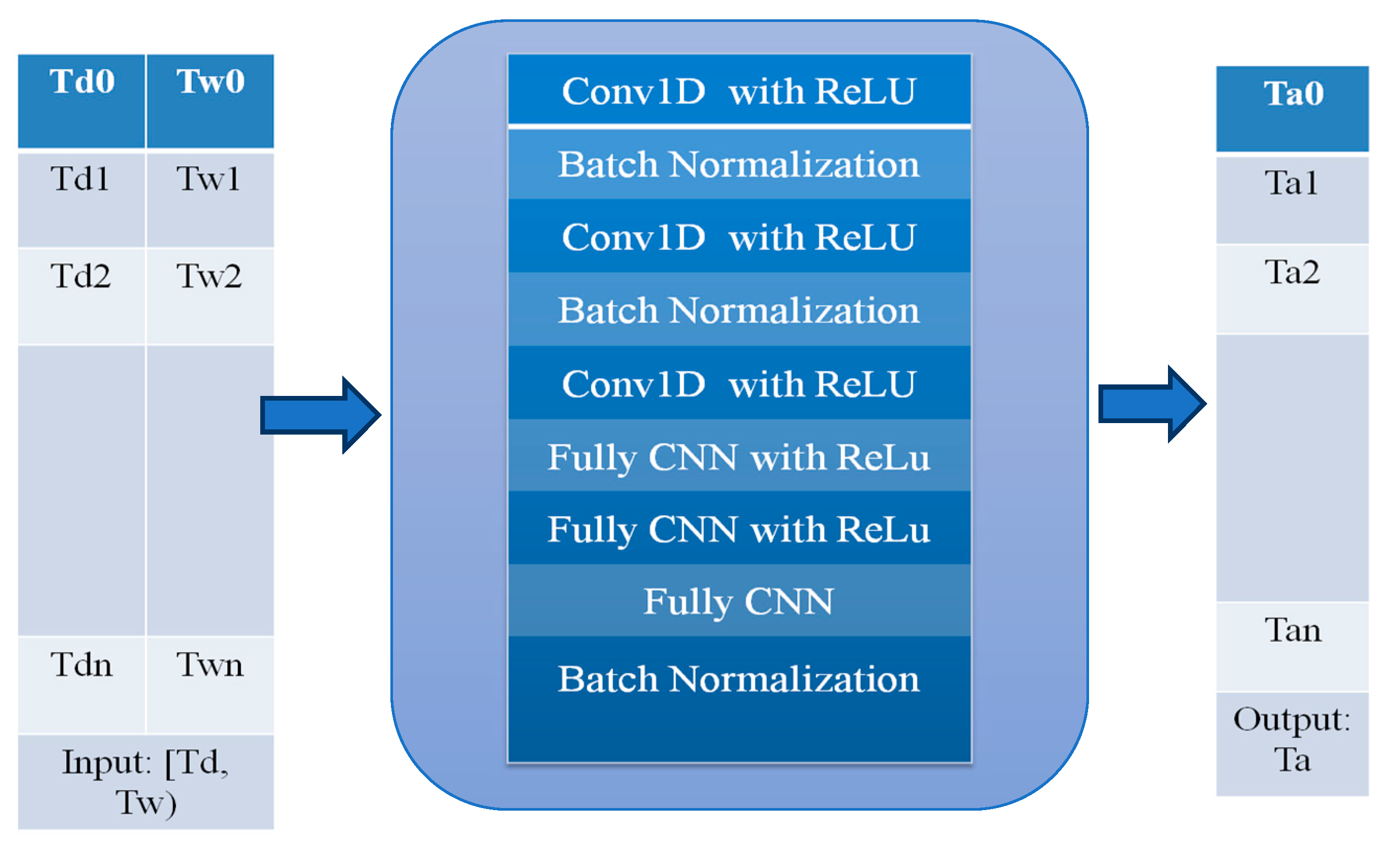

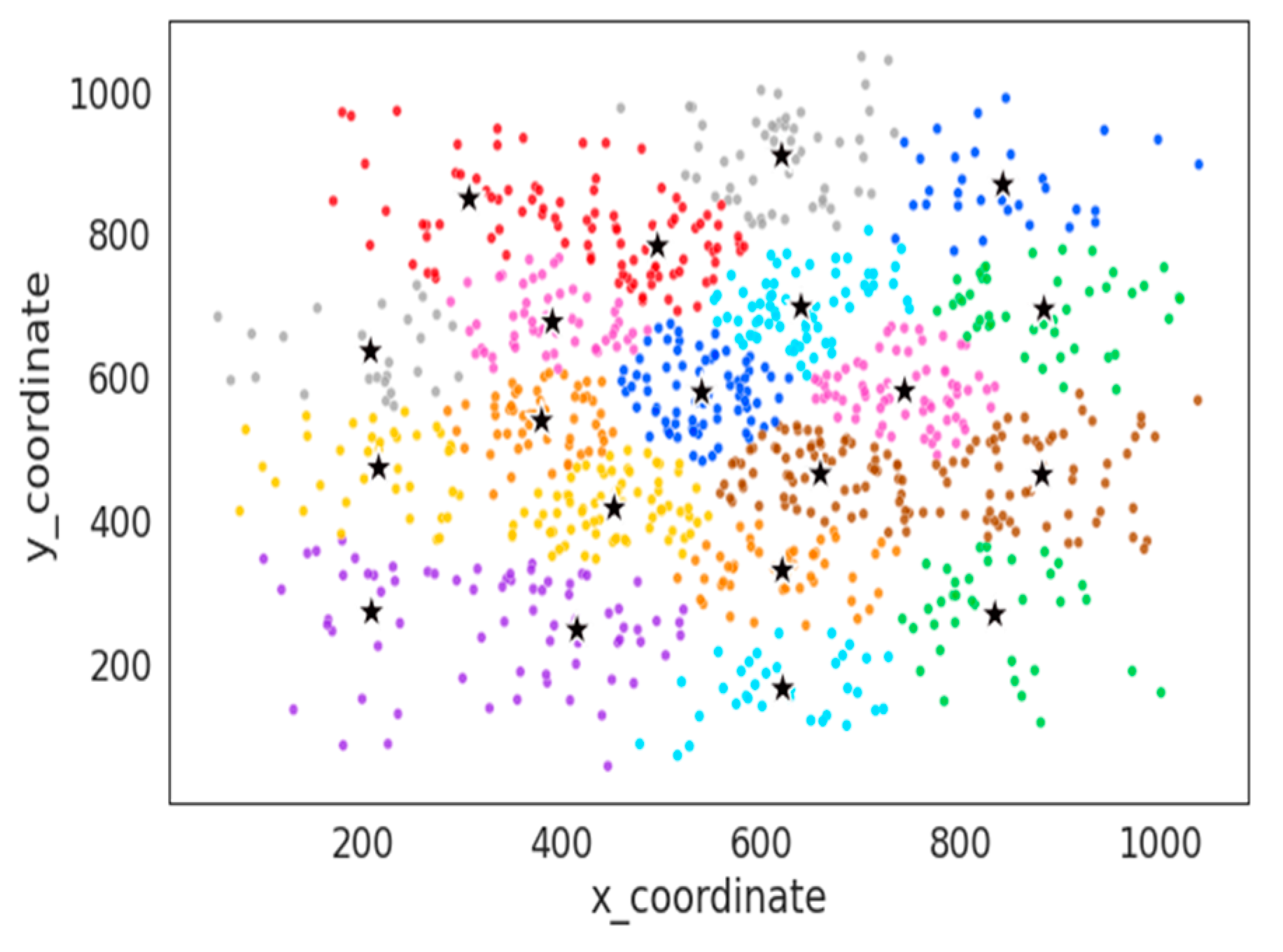
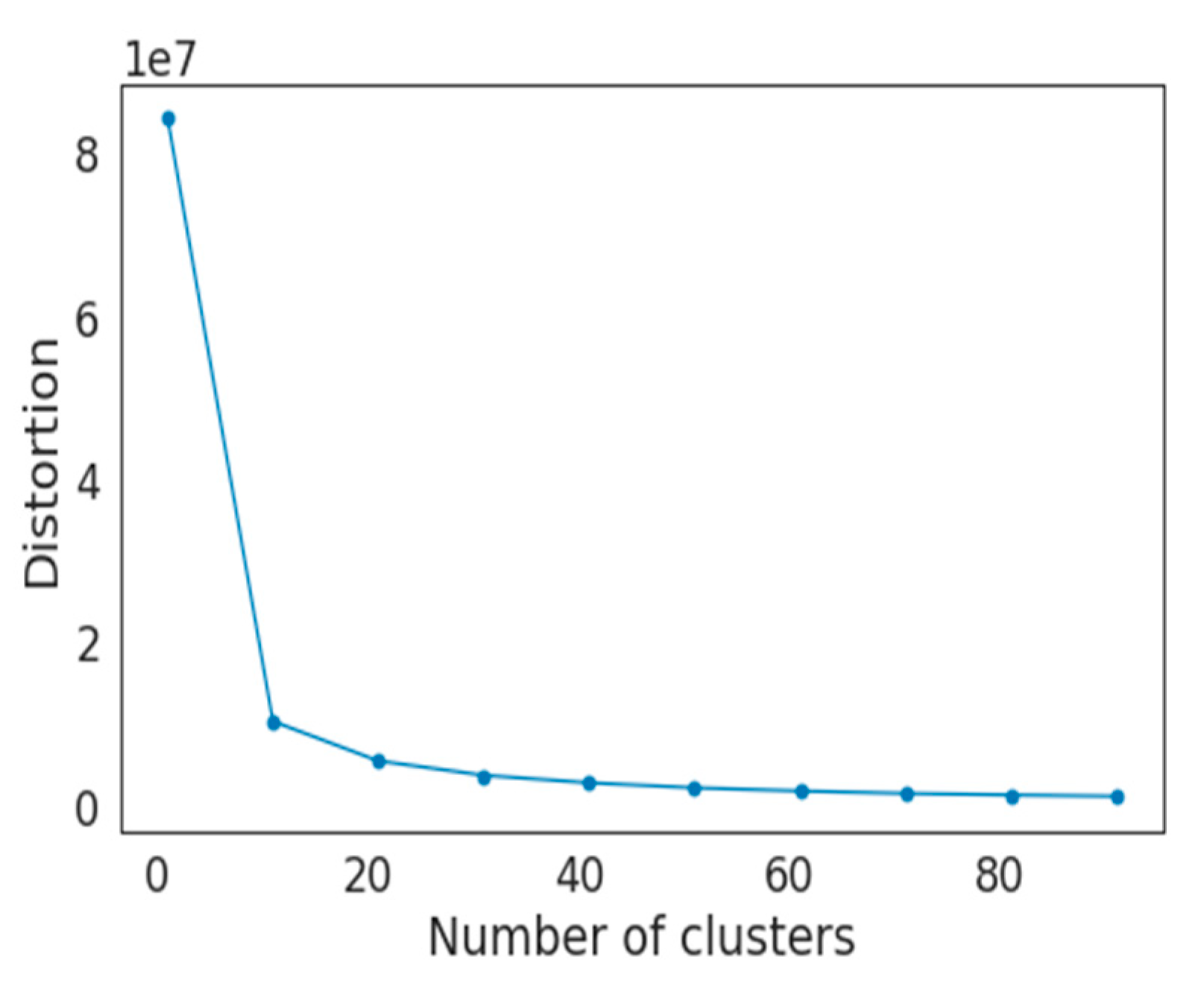





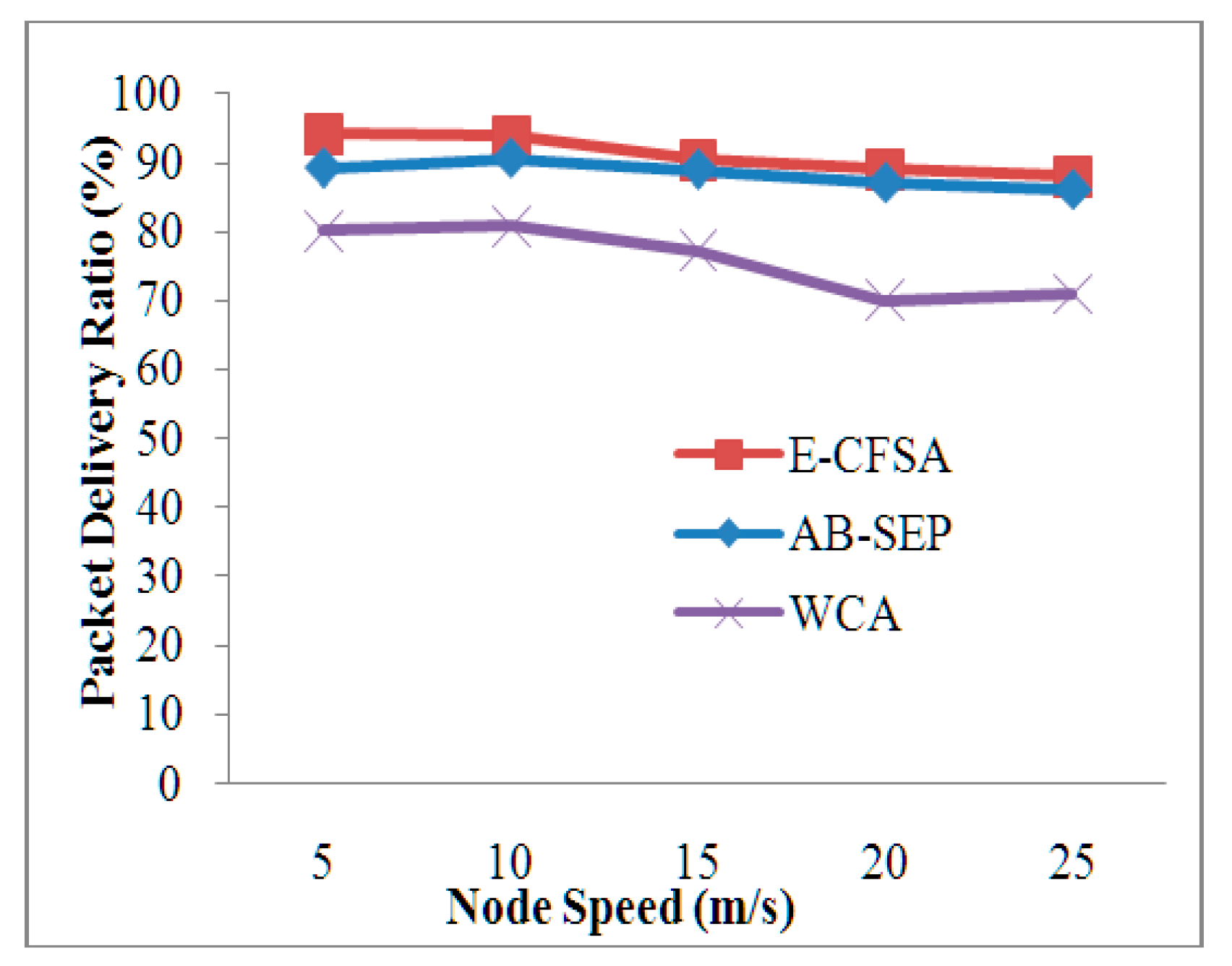


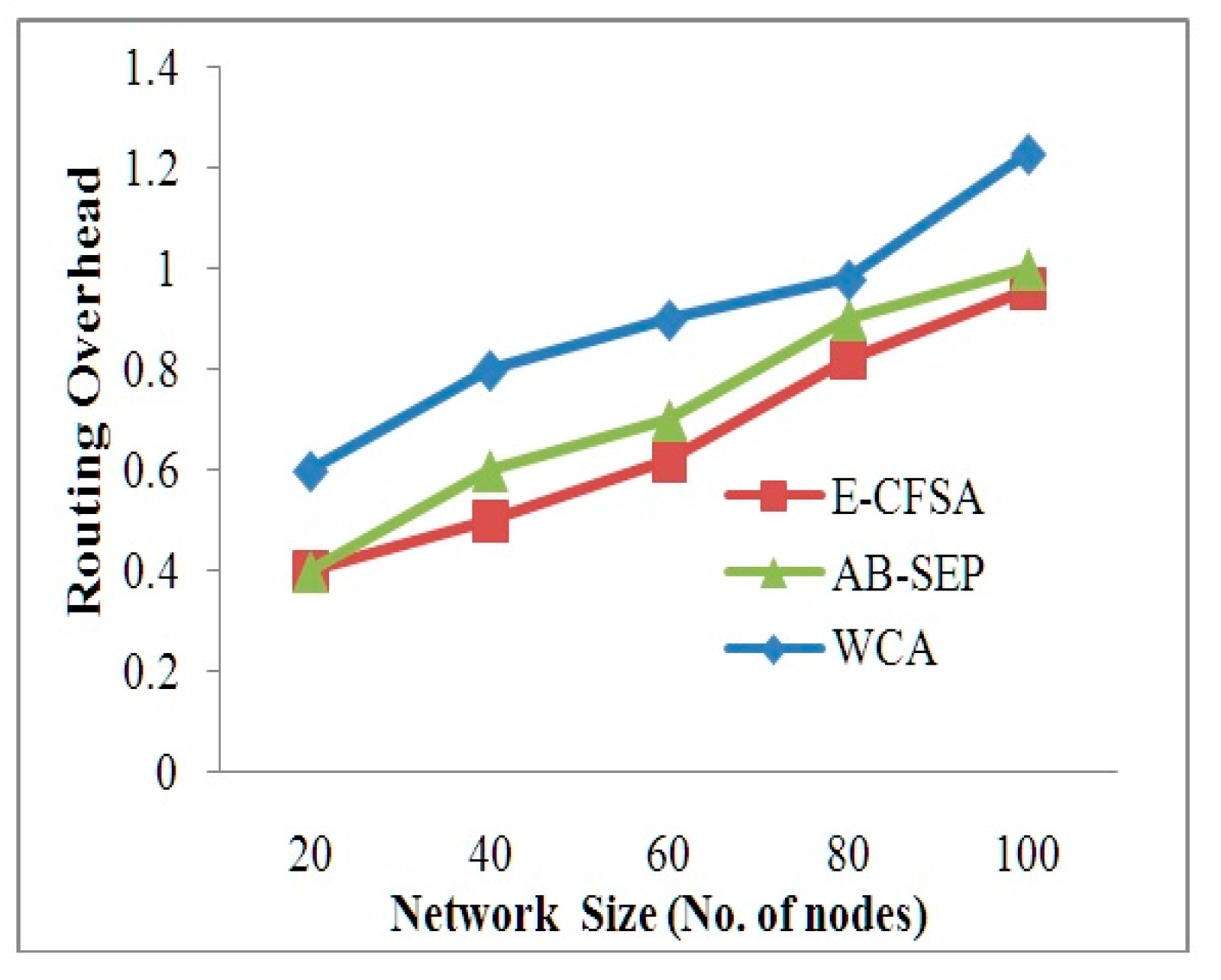
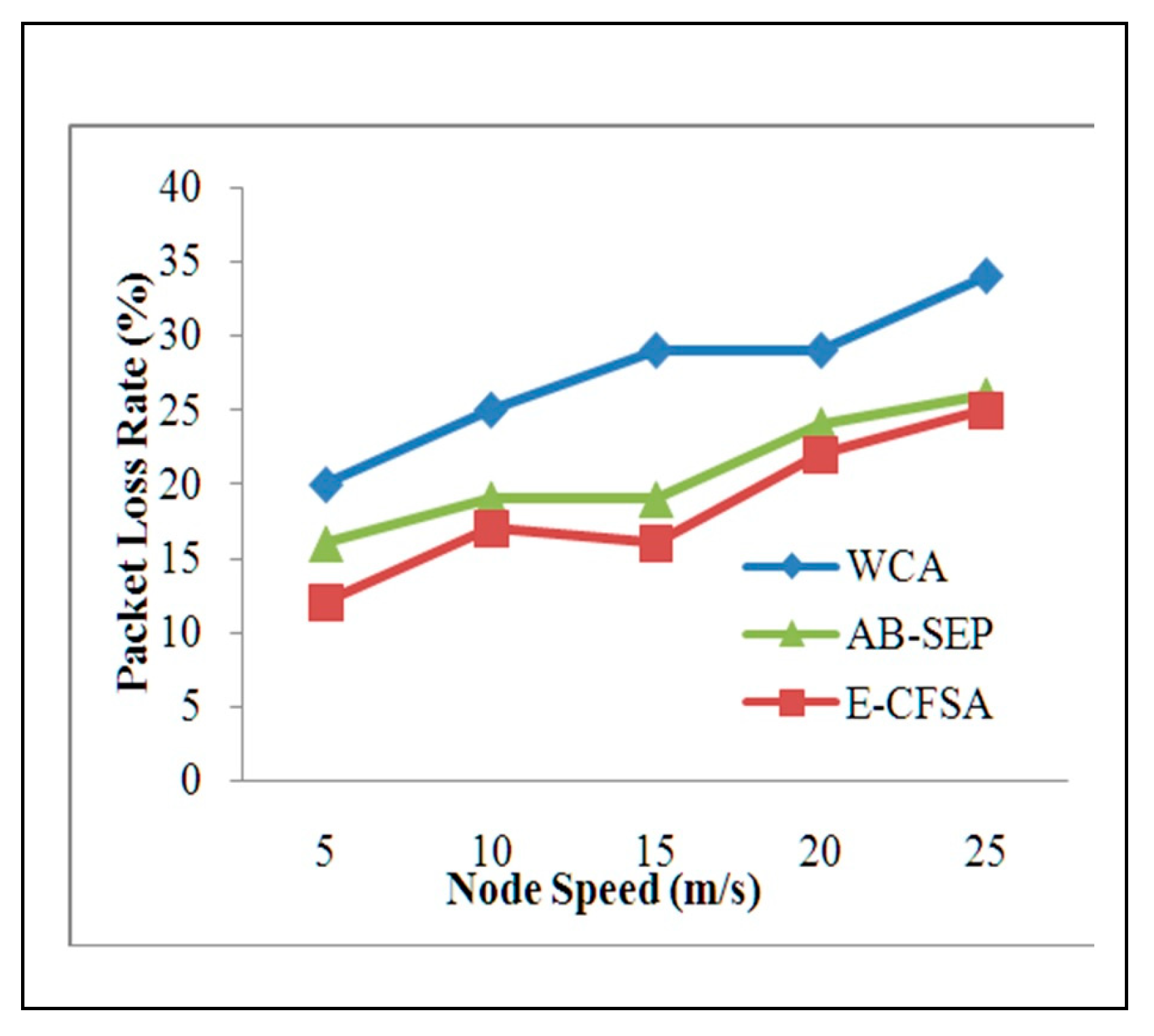

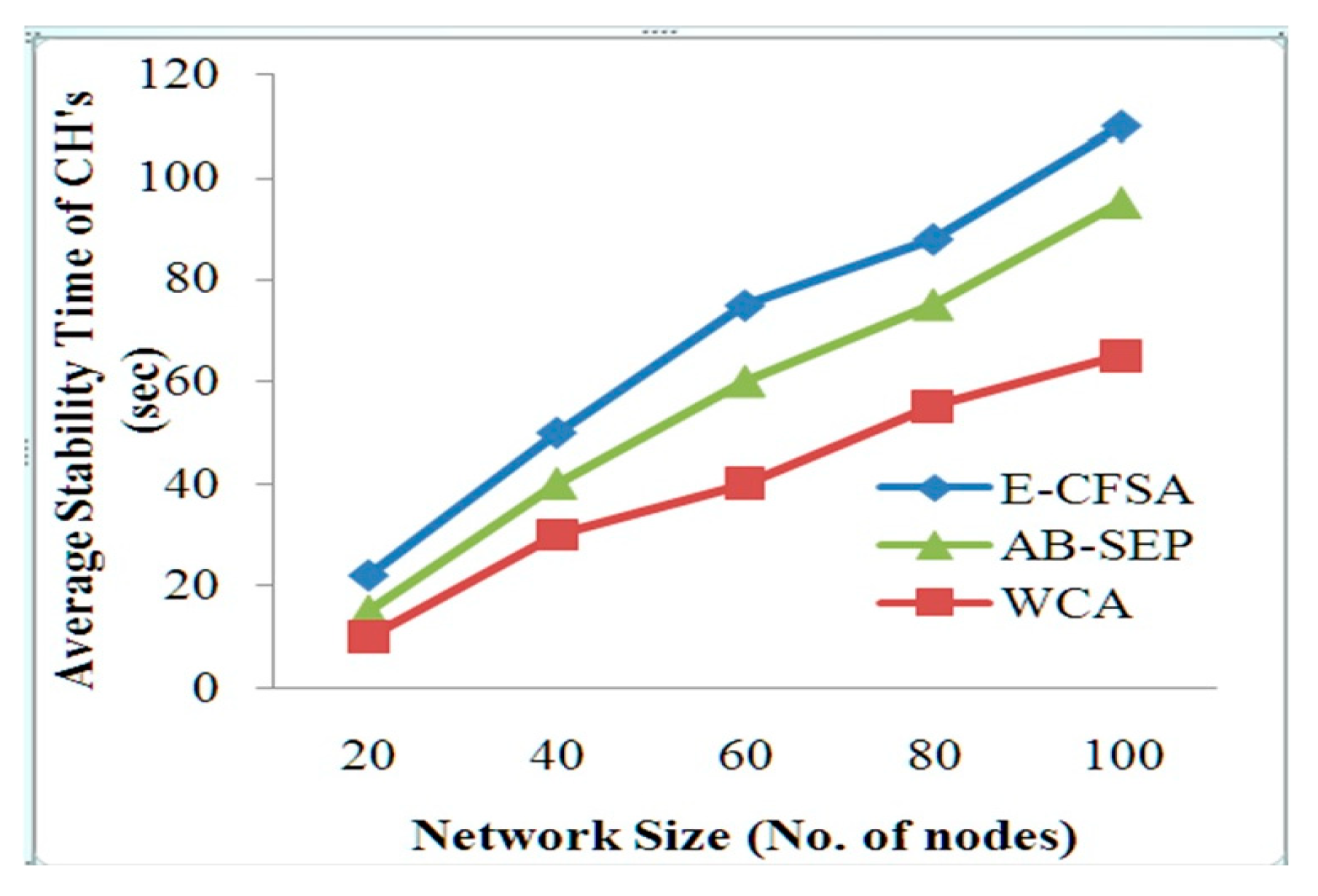




| References | Method | Energy Consumption Model | Cluster Head Formation | Service Delayed | Partitioning of Task | Use of Multiuser and Mutiserver | Hybrid Deep Learning Model |
|---|---|---|---|---|---|---|---|
| [10] | Edge intelligent energy-efficient model | Y | N | Y | N | N | N |
| [11] | Hierarchical energy-efficient mobile-edge computing | Y | N | Y | N | Y | N |
| [12] | UAV-assisted mobile edge computing | Y | N | Y | N | N | N |
| [13] | Joint computation and communication cooperation | Y | N | Y | N | Y | N |
| [14] | Intelligent task prediction and offloading in less energy | Y | N | Y | N | Y | N |
| [15] | Energy-based routing | Y | N | Y | N | N | N |
| [16] | Offloading based on the reliability model | Y | N | Y | N | Y | N |
| [17] | Energy efficient model using e-harvest | Y | N | N | N | Y | N |
| [18] | Offloading-based cost function | Y | N | N | Y | Y | N |
| [19] | Machine learning-based energy-saving model | Y | N | Y | N | N | N |
| [20] | AI-based cluster head selection | N | Y | Y | N | N | N |
| [21] | DNN based method | N | Y | Y | N | N | N |
| [22] | Energy-efficient routing protocol | Y | N | Y | N | N | N |
| [23] | Energy-aware mobile edge computing | N | Y | Y | N | N | N |
| [24] | Distributed deep learning-based task offloading | N | Y | Y | N | N | N |
| Proposed Hybrid Model | CNN with modified k-mean clustering | Y | Y | Y | Y | Y | Y |
| Layer Used | Activation Function (AF) | Size | Batch Normalisation |
|---|---|---|---|
| Fully CNN-1 | ReLu AF | 21 | NA |
| Fully CNN-2 | ReLu AF | 64 | NA |
| Fully CNN-3 | Sigmoid AF | 10 | 10 |
| Conv1D | ReLu AF | 16 | 16 |
| Conv2D | ReLu AF | 16 | 16 |
| Conv3D | ReLu AF | 3 | NA |
| Attribute | Min.–Max. Value | 5th Percentile | Q1 | Median | Q3 | 95th Percentile | Range | Interquartile Range |
|---|---|---|---|---|---|---|---|---|
| X-Coordinate | 54–1040 | 218.95 | 413 | 569 | 713.25 | 903.05 | 986 | 300.25 |
| Y-Coordinate | 53–1046 | 198.9 | 406.75 | 551 | 700.25 | 902.05 | 993 | 293.5 |
| Packet Received | 150–349 | 158 | 198 | 249 | 302 | 339 | 199 | 104 |
| Packet Sent | 50–199 | 58.95 | 90 | 126 | 164 | 192 | 149 | 74 |
| Packet Forwarded | 150–199 | 152 | 163 | 175 | 186 | 197 | 49 | 23 |
| Packet Drop | 0–149 | 8 | 35 | 72 | 110 | 140 | 149 | 75 |
| No. of Neighbours | 1–9 | 1 | 3 | 5 | 7 | 9 | 8 | 4 |
| Remaining Energy | 80.00–99.98 | 80.92 | 85.14 | 90.37 | 95.34 | 99.09 | 19.99 | 10.21 |
| Node Speed | 1.01–24.98 | 2.31 | 6.85 | 12.80 | 18.77 | 23.77 | 23.97 | 11.93 |
| Energy Consumption | 0.02–19.98 | 0.92 | 4.66 | 9.64 | 14.87 | 19.09 | 19.98 | 10.21 |
| The Optimal Node Reliability Factor | 0.06–1 | 0.17 | 0.32 | 0.51 | 0.71 | 0.89 | 0.93 | 0.39 |
| Attribute | Standard Deviation | Coefficient of Variation | Kurtosis | Mean | MAD | Skewness | Sum | Variance | Memory Size |
|---|---|---|---|---|---|---|---|---|---|
| X-Coordinate | 205.51 | 0.36 | −0.604 | 564 | 150 | −0.027 | 564,329 | 42,235.63 | 15.6 KB |
| Y-Coordinate | 205.41 | 0.37 | −0.566 | 552.42 | 146 | −0.024 | 552,420 | 42,194.19 | 15.6 KB |
| Packet Received | 58.74 | 0.23 | −1.241 | 249.43 | 52 | −0.032 | 249,431 | 3451.50 | 15.6 KB |
| Packet Sent | 42.92 | 0.34 | −1.204 | 125.95 | 37 | −0.031 | 125,952 | 1842.22 | 15.6 KB |
| Packet Forwarded | 14.33 | 0.082 | −1.161 | 174.77 | 12 | −0.054 | 174,770 | 205.63 | 15.6 KB |
| Packet Drop | 43.10 | 0.59 | −1.21 | 72.851 | 38 | 0.040 | 72,851 | 1858.37 | 15.6 KB |
| No. of Neighbours | 2.56 | 0.511 | −1.21 | 5.01 | 2 | 0.011 | 5010 | 6.578 | 15.6 KB |
| Remaining Energy | 5.80 | 0.064 | −1.182 | 90.23 | 5.07 | −0.098 | 90,236.00 | 33.679 | 15.6 KB |
| Node Speed | 6.84 | 0.53 | −1.197 | 12.87 | 5.97 | 0.033 | 12,875.68 | 46.877 | 15.6 KB |
| Energy Consumption | 5.803 | 0.59 | −1.182 | 9.76 | 5.07 | 0.098 | 9763.99 | 33.67 | 15.6 KB |
| The Optimal Node Reliability Factor | 0.2302 | 0.438 | −1.091 | 0.525 | 0.195 | 0.033 | 525.369 | 0.0530 | 15.6 KB |
| Simulation Parameters | Values |
|---|---|
| Nodes | Sim 1: 20 to 100 and Sim 2: 100 to 1000 nodes |
| Total simulation duration | 200 s |
| Terrain | Sim 1: 500×500 m and Sim 2: 1000 × 1000 m |
| Mobility model | Random way-point model |
| Node speed | 0 m/s to 25m/s (random way) |
| Primary node energy | 0 to 200, Joule (random way) |
| Data traffic | CBR with UDP |
| Number of CBR and load | CBR: 10 pairs and packet size: 512 bytes |
| Communication channel | Wireless |
| Location of a base station | Node: 20, 40, …, 100 |
| Load partitioning | Partial loading method |
| Scenario | Terrain | Grid Size | Number of Rounds | Number of Nodes |
|---|---|---|---|---|
| Scenario-1 | 500 × 500 | 4 × 4 | 100–2000 | 20 to 100 |
| Scenario-2 | 1000 × 1000 | 10 × 10 | 100–2000 | 200 to 1000 |
| Nodes | PDR (%) | Throughput (in kbps) | Routing Overhead | Average Stability Time (in a sec) | Energy Consumption (in Jules) for CHs and Non-CHS All the Nodes | ||||||||||
|---|---|---|---|---|---|---|---|---|---|---|---|---|---|---|---|
| Frequency | E-CFSA | AB-SEP | WCA | E-CFSA | AB-SEP | WCA | E-CFSA | AB-SEP | WCA | E-CFSA | AB-SEP | WCA | E-CFSA | AB-SEP | WCA |
| 20 | 83.42 | 82.45 | 75.87 | 126 | 110 | 98 | 0.42 | 0.41 | 0.62 | 22 | 15 | 10 | 0.0134 | 0.027 | 0.041 |
| 40 | 87.13 | 84.16 | 77.49 | 157 | 124 | 110 | 0.51 | 0.61 | 0.81 | 50 | 40 | 30 | 0.0141 | 0.025 | 0.041 |
| 60 | 88.91 | 85.20 | 69.92 | 176 | 135 | 138 | 0.62 | 0.71 | 0.91 | 75 | 60 | 40 | 0.0145 | 0.312 | 0.054 |
| 80 | 91.95 | 87.28 | 69.88 | 220 | 180 | 149 | 0.82 | 0.91 | 0.98 | 88 | 75 | 55 | 0.0152 | 0.341 | 0.059 |
| 100 | 87.81 | 86.70 | 74.17 | 255 | 210 | 172 | 0.96 | 1.0 | 1.23 | 110 | 95 | 65 | 0.0187 | 0.387 | 0.060 |
| Node Speed (m/s) | PDR (%) | Throughput (in kbps) | Packet Loss Rate (%) | Average Stability Time of CH’s (in a sec) | ||||||||
|---|---|---|---|---|---|---|---|---|---|---|---|---|
| Frequency | E-CFSA | AB-SEP | WCA | E-CFSA | AB-SEP | WCA | E-CFSA | AB-SEP | WCA | E-CFSA | AB-SEP | WCA |
| 5 | 94.83 | 89.52 | 80.89 | 115.83 | 100.65 | 95.81 | 12.57 | 16.12 | 20.11 | 40.37 | 35.74 | 25.78 |
| 10 | 93.72 | 90.76 | 80.78 | 113.32 | 98.74 | 93.92 | 17.45 | 19.24 | 25.27 | 35.74 | 31.56 | 24.85 |
| 15 | 90.21 | 89.80 | 77.75 | 102.98 | 99.48 | 92.18 | 16.32 | 19.21 | 29.87 | 28.88 | 27.37 | 20.96 |
| 20 | 89.76 | 87.90 | 70.96 | 100.48 | 98.76 | 85.28 | 22.12 | 24.77 | 29.89 | 25.38 | 24.89 | 21.56 |
| 25 | 88.17 | 86.45 | 71.47 | 98.74 | 96.64 | 78.34 | 25.34 | 26.98 | 34.55 | 22.95 | 22.55 | 15.77 |
| Number of Nodes | Packet Delivery Ratio (%) | Throughput (kbps) | Routing Overhead | Average Stability Time of CH’s (sec) | Energy Consumption (J) in Both CHs and Non-CHS | ||||||||||
|---|---|---|---|---|---|---|---|---|---|---|---|---|---|---|---|
| Frequency | E-CFSA | AB-SEP | WCA | E-CFSA | AB-SEP | WCA | E-CFSA | AB-SEP | WCA | E-CFSA | AB-SEP | WCA | E-CFSA | AB-SEP | WCA |
| 200 | 86.91 | 86.98 | 78.18 | 197 | 127 | 107 | 0.518 | 0.498 | 0.688 | 44 | 35 | 25 | 0.0174 | 0.031 | 0.047 |
| 400 | 88.41 | 86.76 | 79.67 | 187 | 136 | 122 | 0.491 | 0.667 | 0.892 | 75 | 38 | 47 | 0.0154 | 0.035 | 0.049 |
| 600 | 89.91 | 87.84 | 78.87 | 196 | 155 | 147 | 0.678 | 0.787 | 0.974 | 85 | 54 | 60 | 0.0165 | 0.378 | 0.055 |
| 800 | 91.65 | 85.84 | 77.75 | 235 | 194 | 166 | 0.858 | 0.934 | 0.968 | 90 | 89 | 78 | 0.0157 | 0.308 | 0.057 |
| 1000 | 92.88 | 86.98 | 75.34 | 278 | 217 | 184 | 0.963 | 1.1 | 1.1 | 122 | 98 | 89 | 0.0178 | 0.344 | 0.069 |
Disclaimer/Publisher’s Note: The statements, opinions and data contained in all publications are solely those of the individual author(s) and contributor(s) and not of MDPI and/or the editor(s). MDPI and/or the editor(s) disclaim responsibility for any injury to people or property resulting from any ideas, methods, instructions or products referred to in the content. |
© 2023 by the authors. Licensee MDPI, Basel, Switzerland. This article is an open access article distributed under the terms and conditions of the Creative Commons Attribution (CC BY) license (https://creativecommons.org/licenses/by/4.0/).
Share and Cite
Bisen, D.; Lilhore, U.K.; Manoharan, P.; Dahan, F.; Mzoughi, O.; Hajjej, F.; Saurabh, P.; Raahemifar, K. A Hybrid Deep Learning Model Using CNN and K-Mean Clustering for Energy Efficient Modelling in Mobile EdgeIoT. Electronics 2023, 12, 1384. https://doi.org/10.3390/electronics12061384
Bisen D, Lilhore UK, Manoharan P, Dahan F, Mzoughi O, Hajjej F, Saurabh P, Raahemifar K. A Hybrid Deep Learning Model Using CNN and K-Mean Clustering for Energy Efficient Modelling in Mobile EdgeIoT. Electronics. 2023; 12(6):1384. https://doi.org/10.3390/electronics12061384
Chicago/Turabian StyleBisen, Dhananjay, Umesh Kumar Lilhore, Poongodi Manoharan, Fadl Dahan, Olfa Mzoughi, Fahima Hajjej, Praneet Saurabh, and Kaamran Raahemifar. 2023. "A Hybrid Deep Learning Model Using CNN and K-Mean Clustering for Energy Efficient Modelling in Mobile EdgeIoT" Electronics 12, no. 6: 1384. https://doi.org/10.3390/electronics12061384
APA StyleBisen, D., Lilhore, U. K., Manoharan, P., Dahan, F., Mzoughi, O., Hajjej, F., Saurabh, P., & Raahemifar, K. (2023). A Hybrid Deep Learning Model Using CNN and K-Mean Clustering for Energy Efficient Modelling in Mobile EdgeIoT. Electronics, 12(6), 1384. https://doi.org/10.3390/electronics12061384








